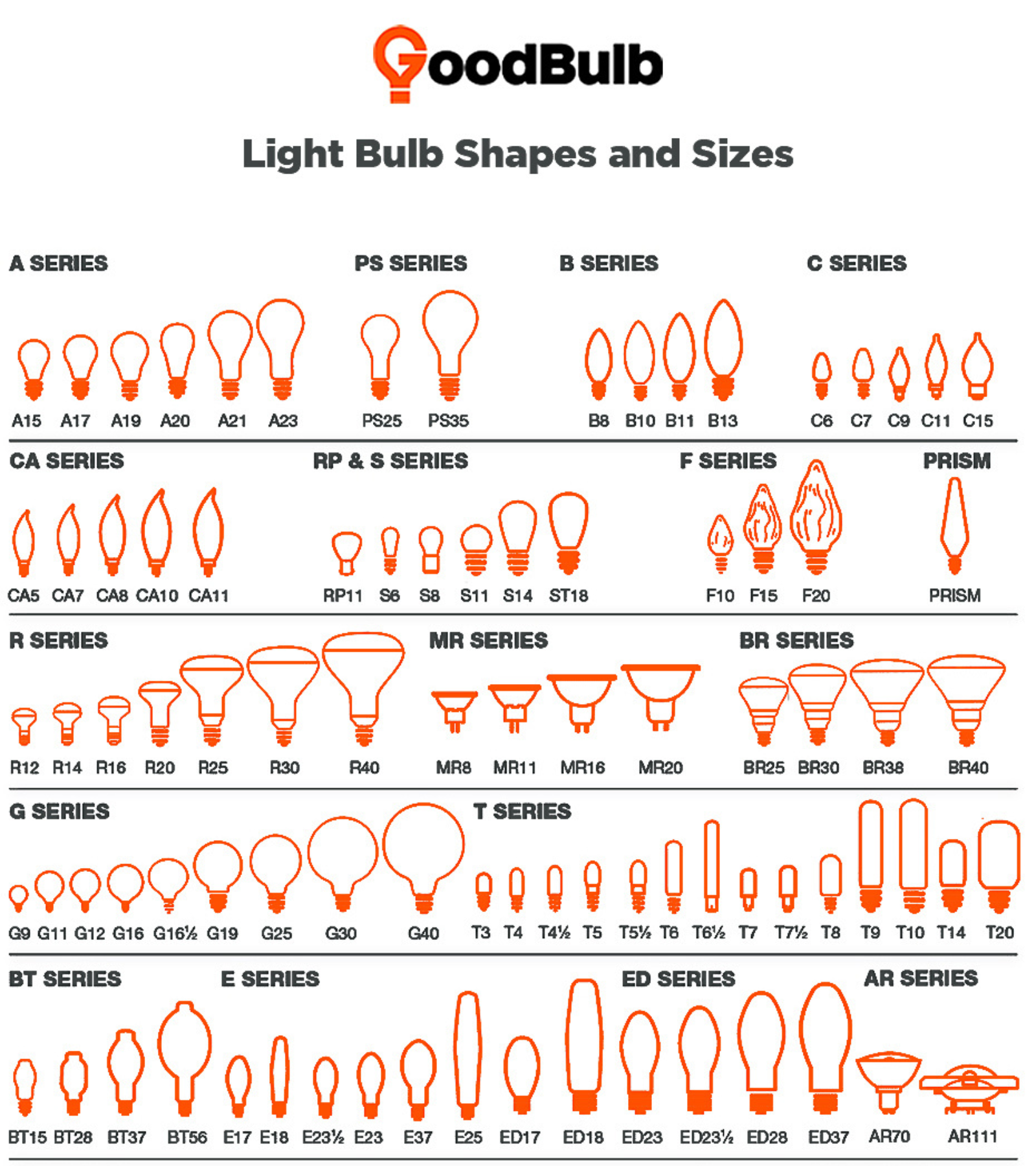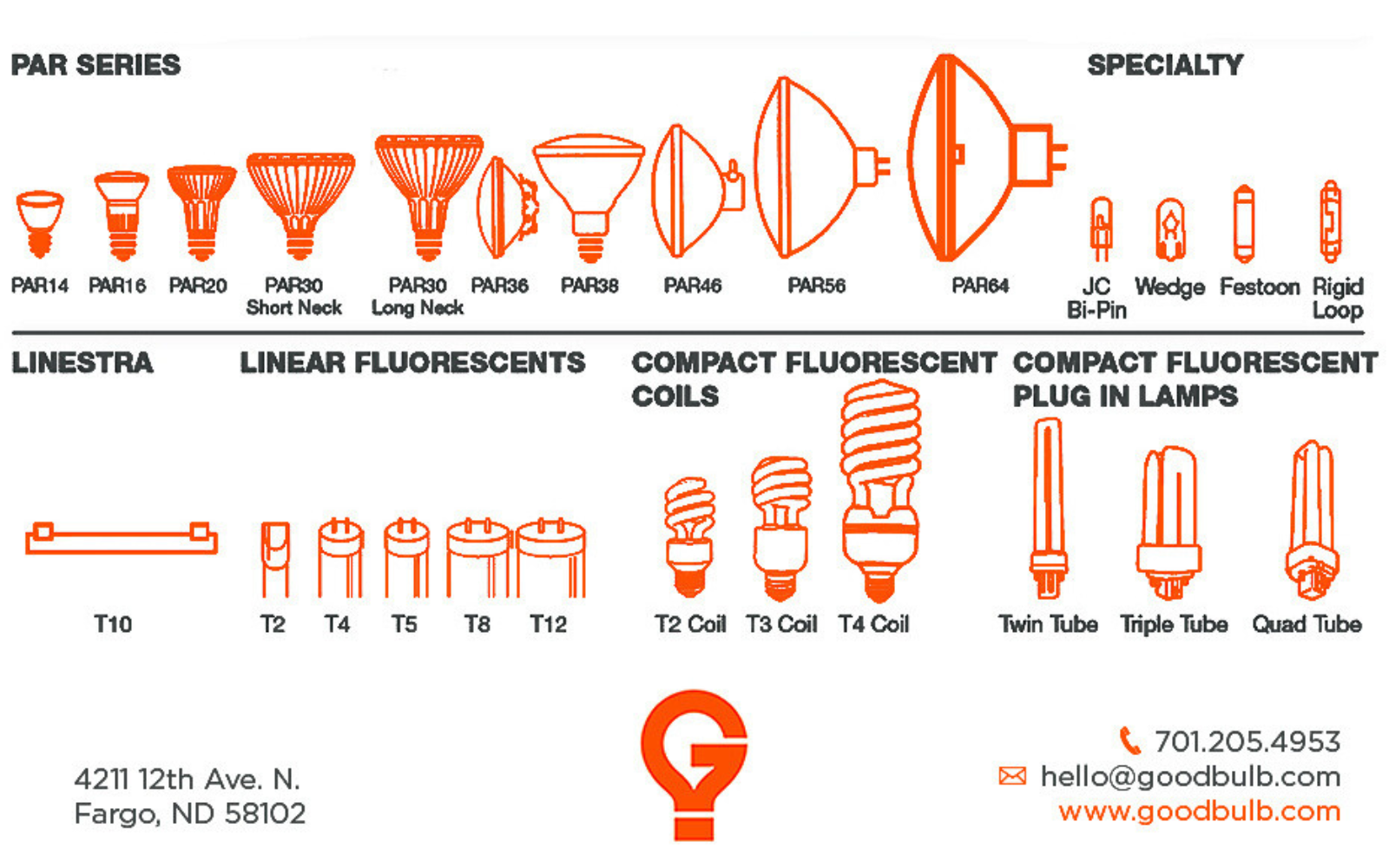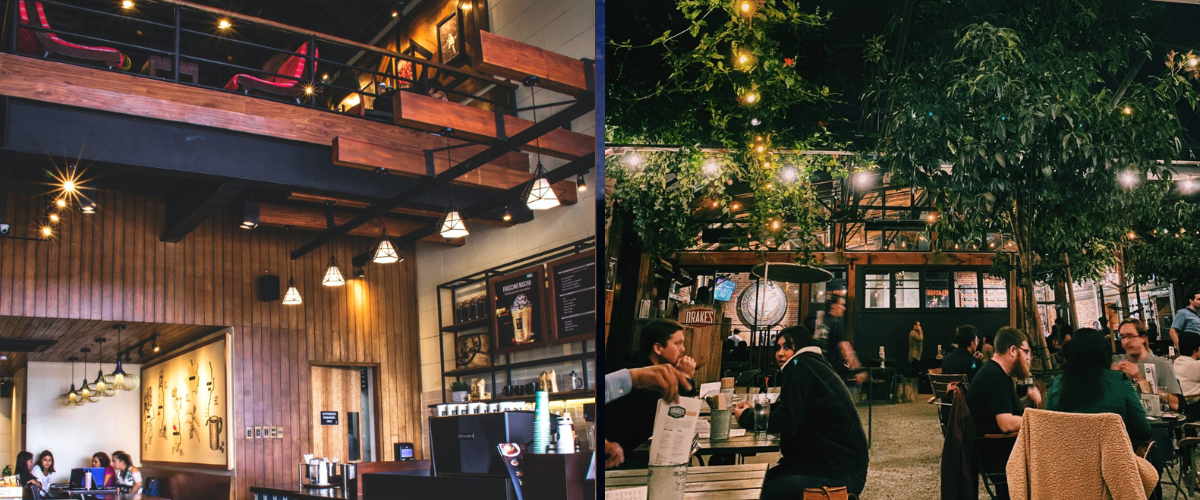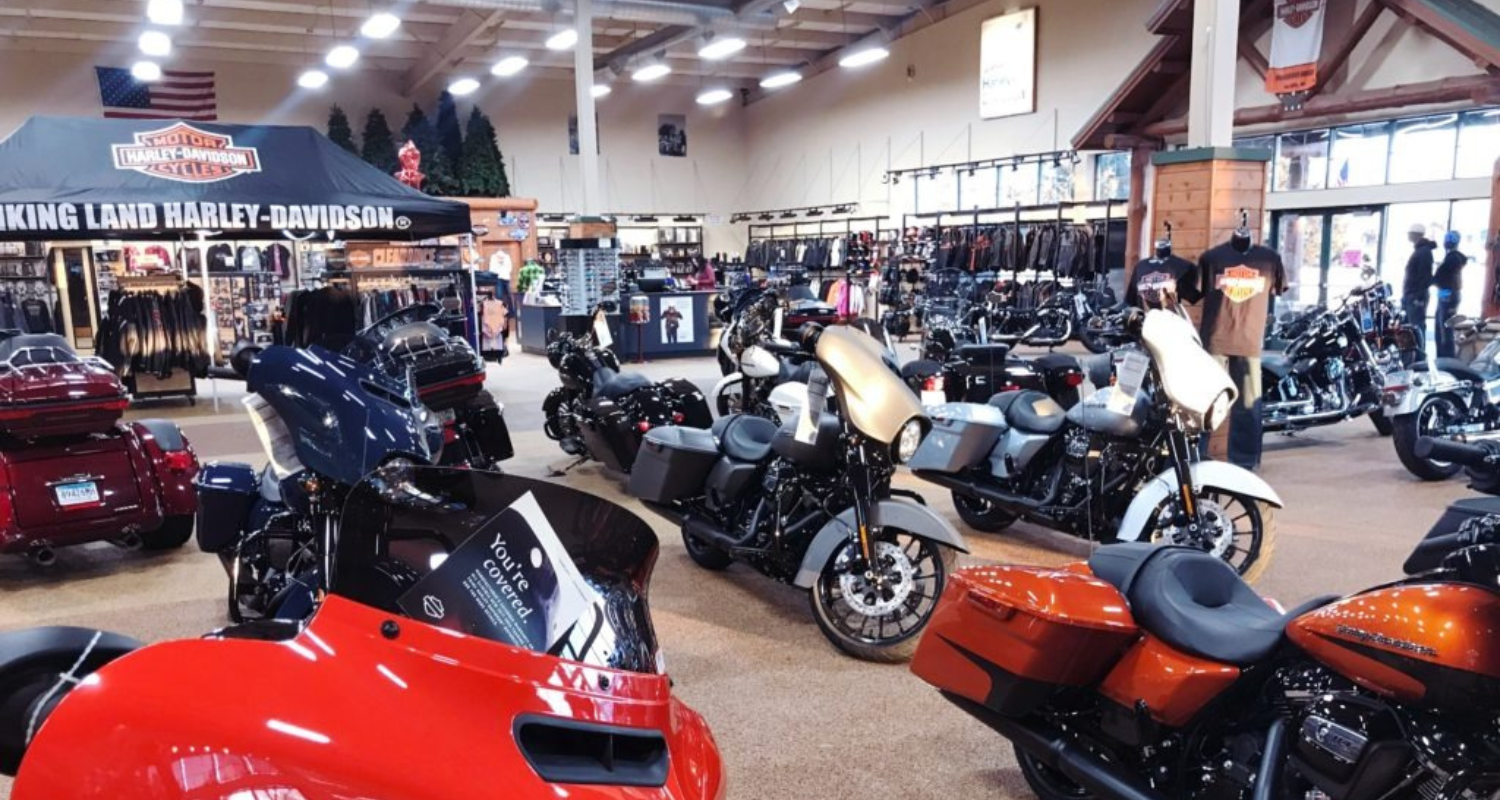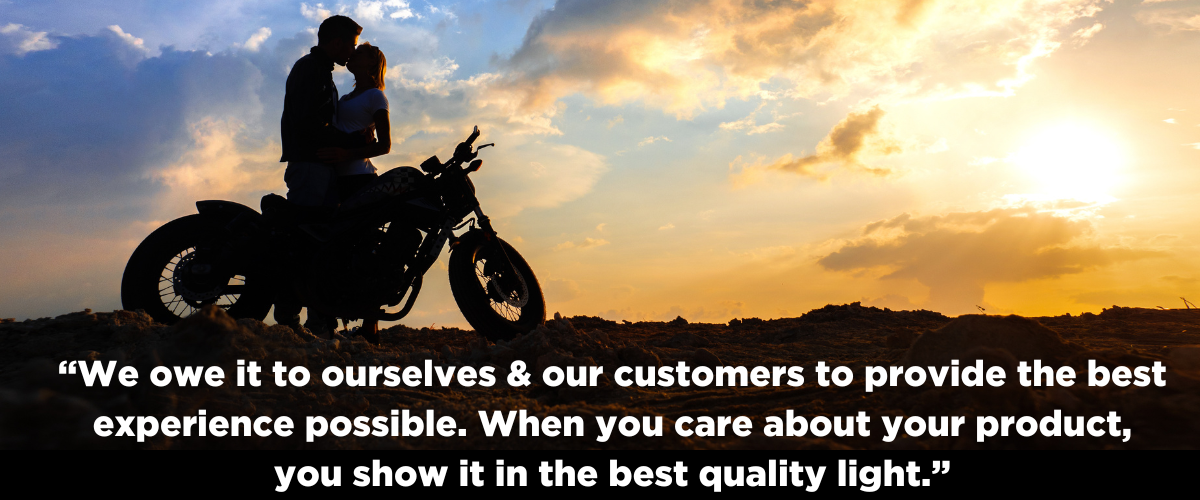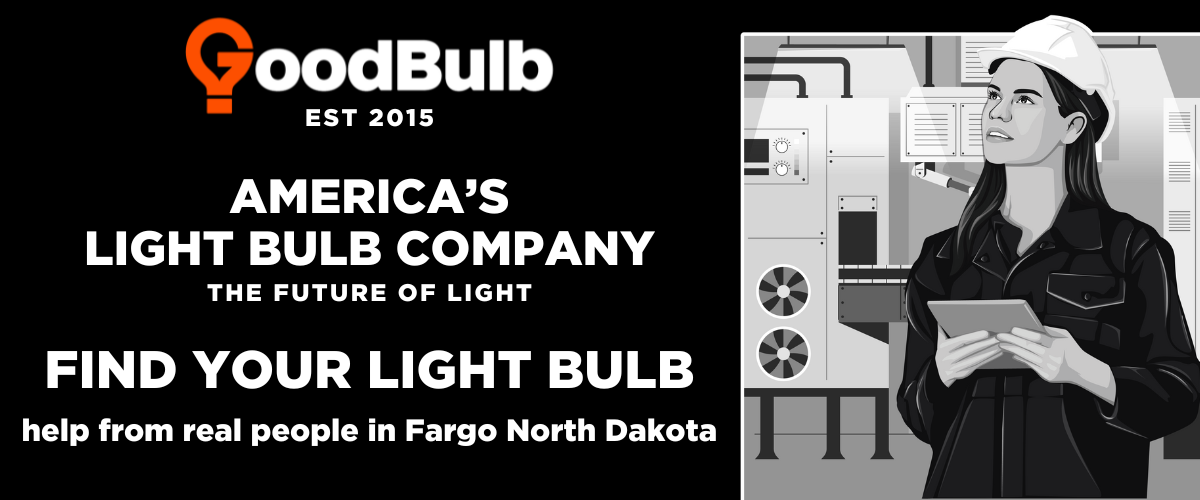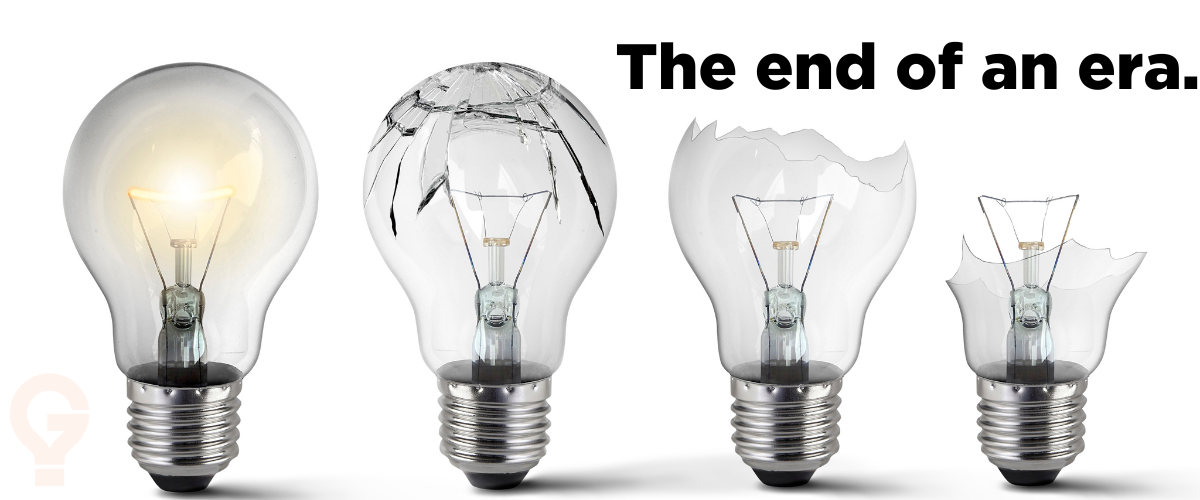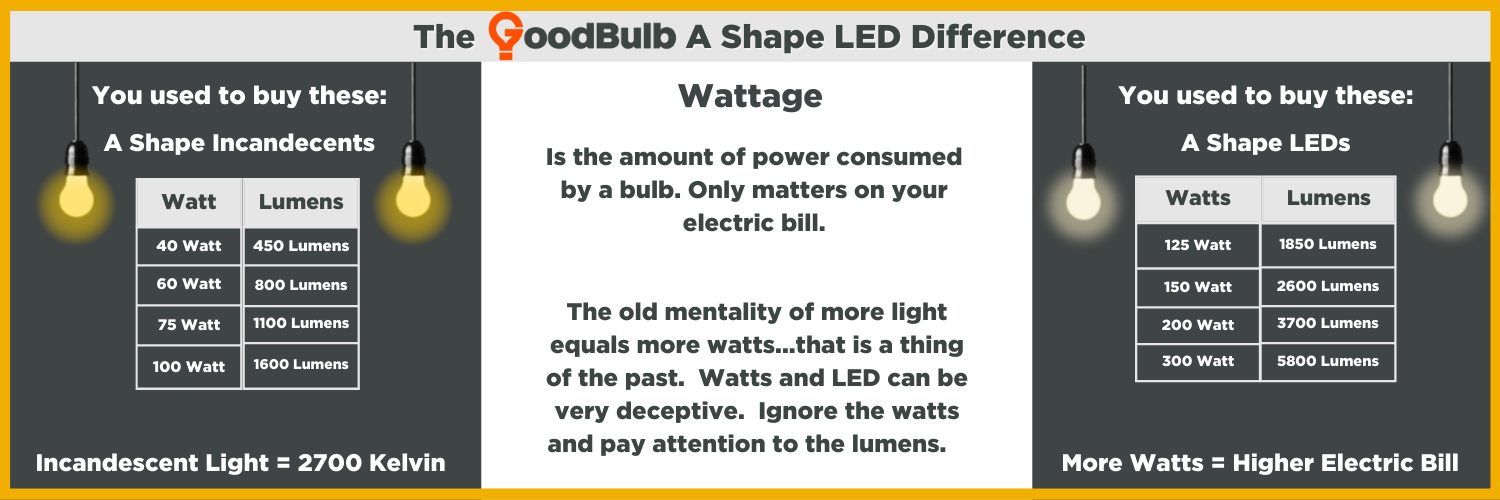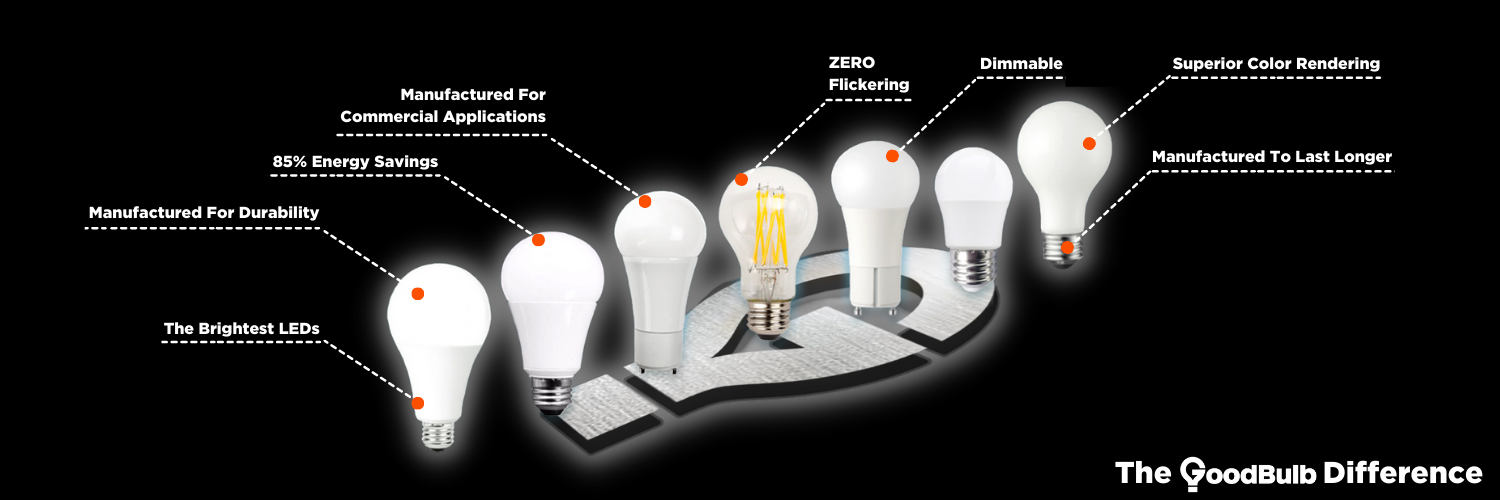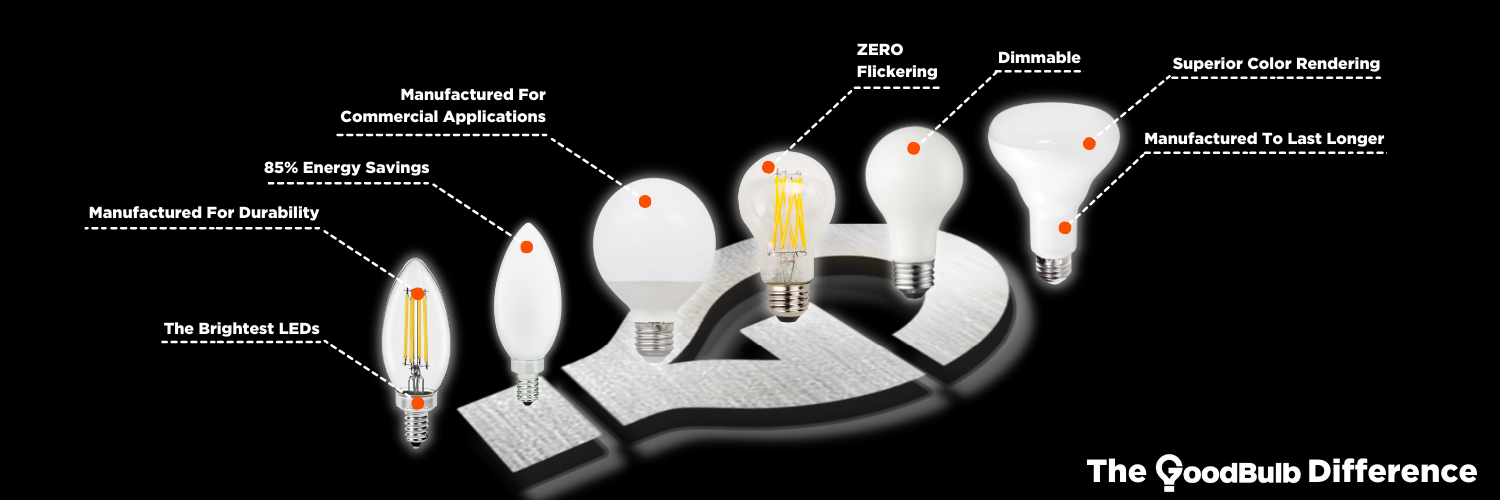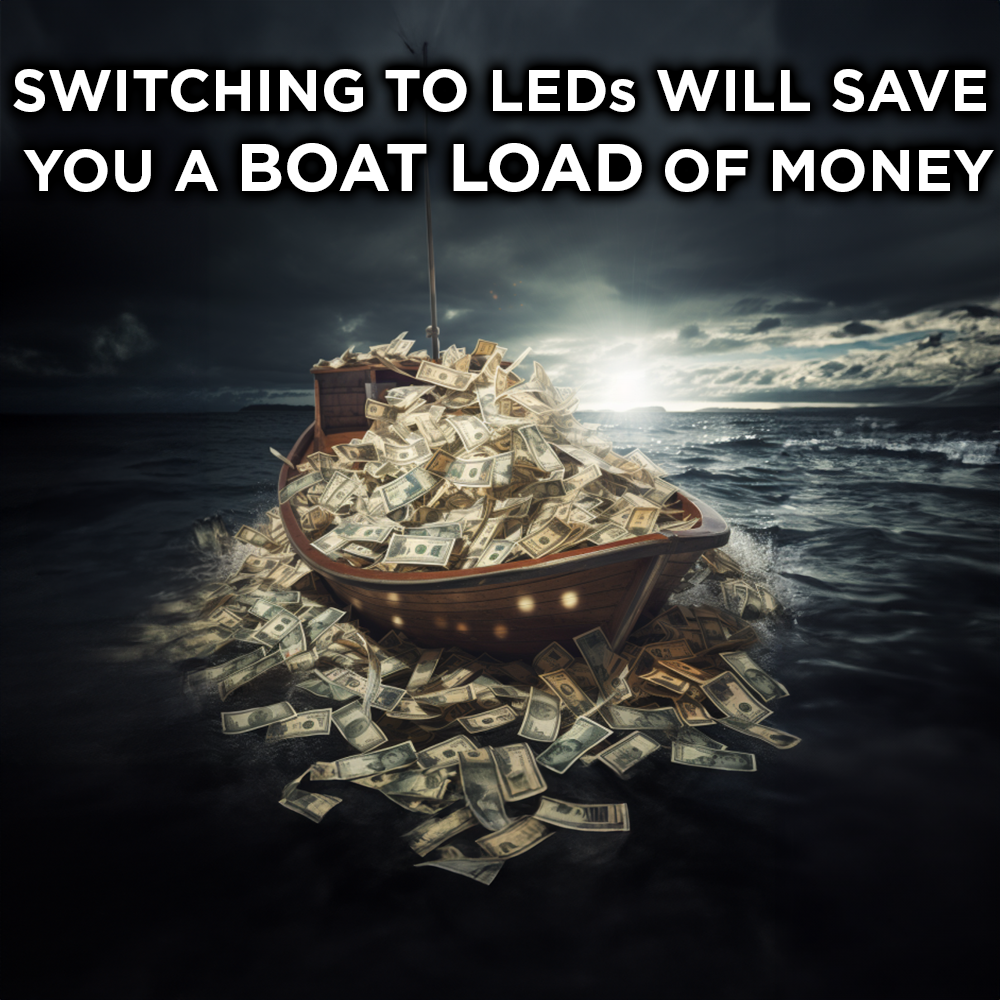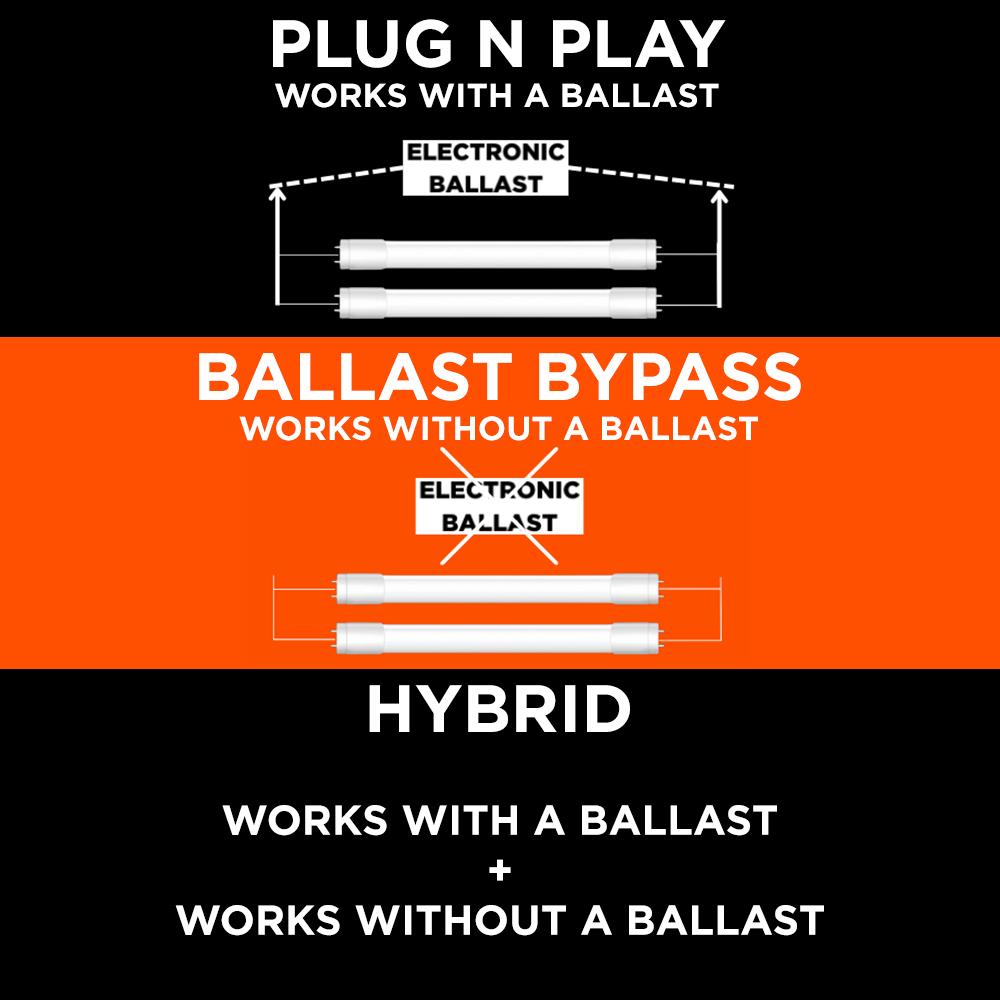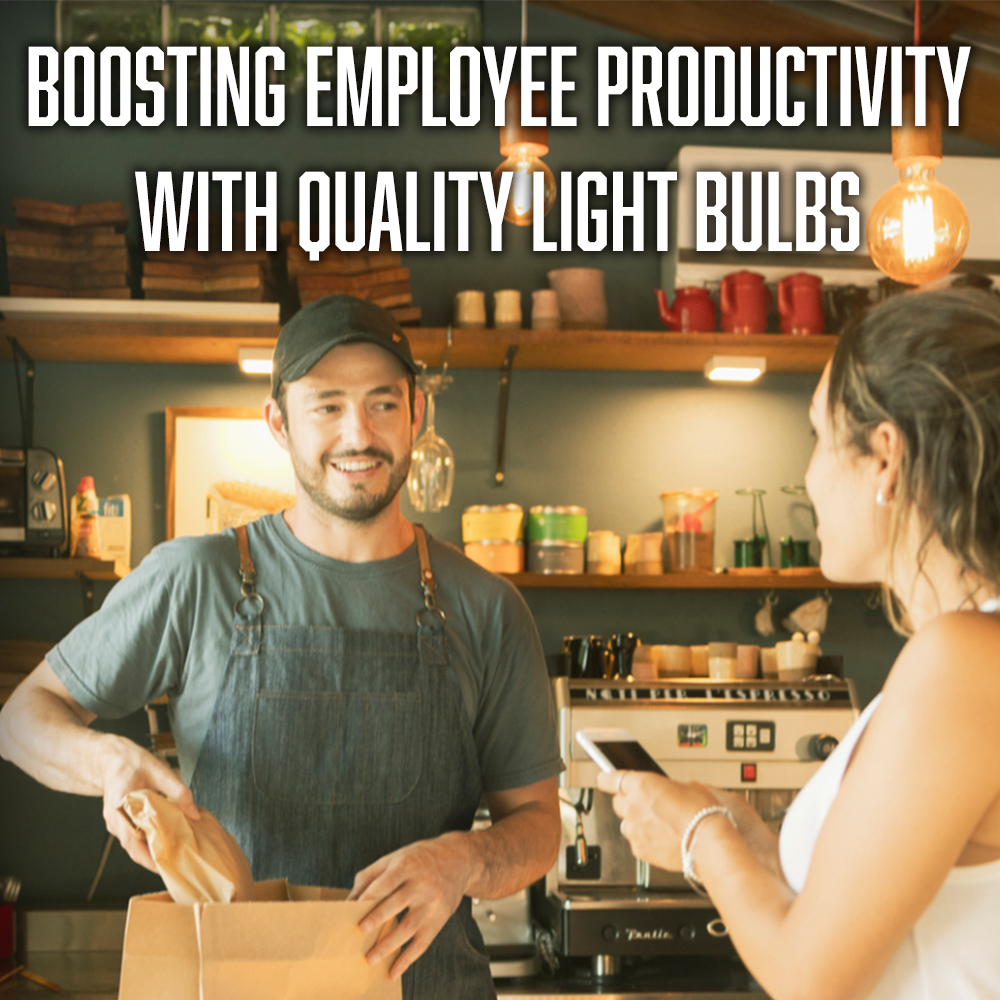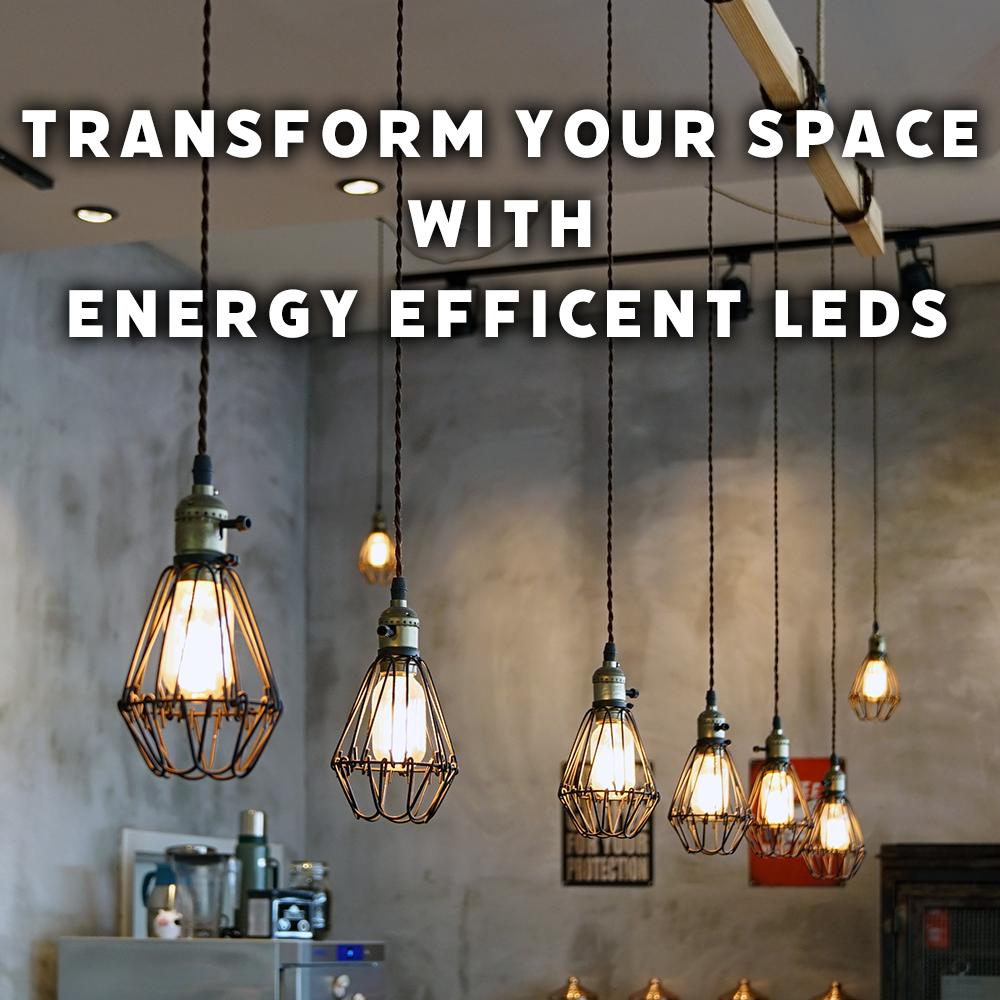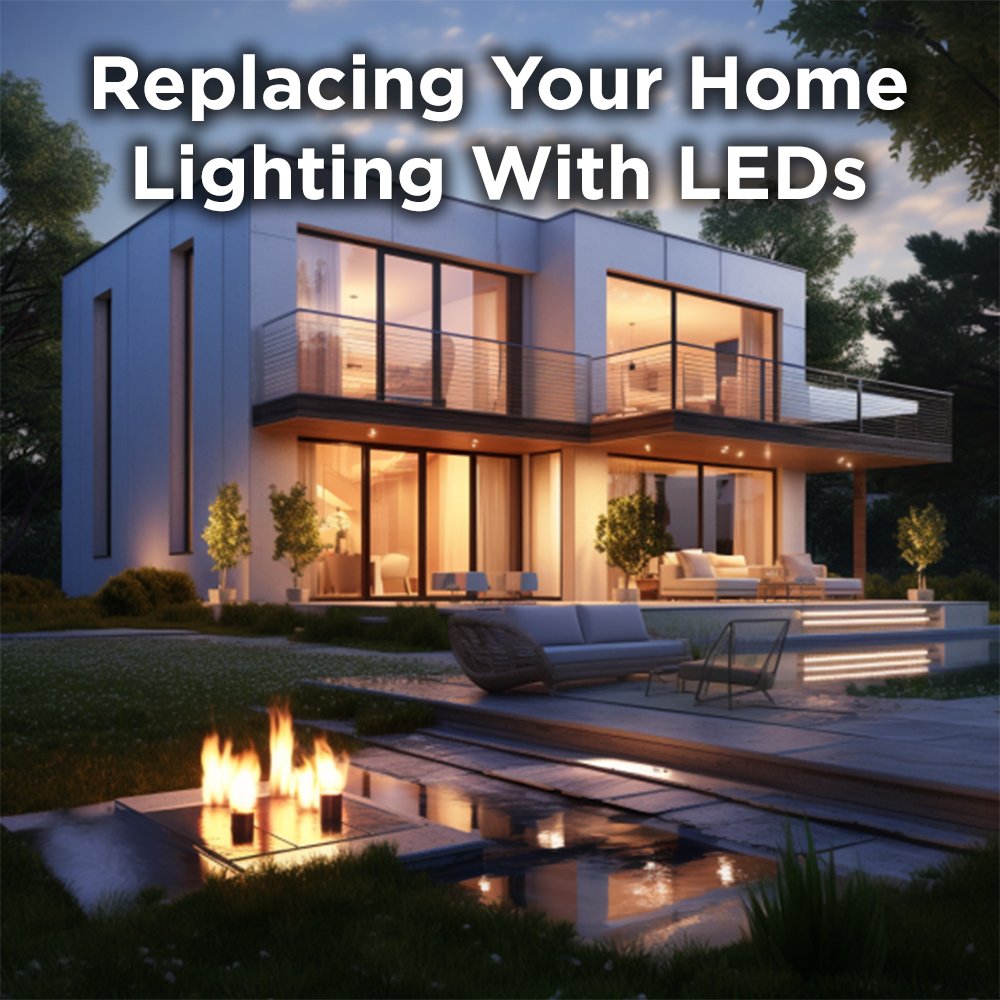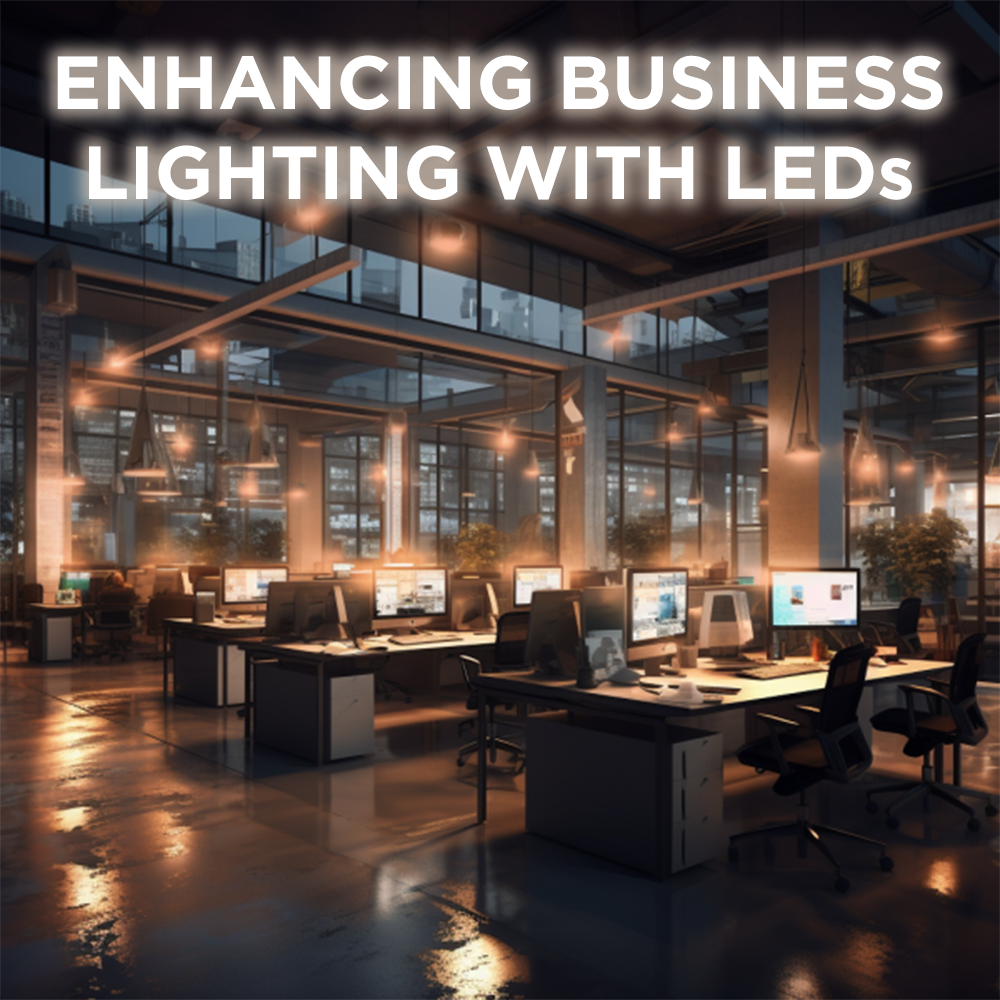The Hidden World of Bad Bulbs: Why Inferior Bulbs Still Dominate the Market
Walk down the lighting aisle at any hardware store, and you’ll encounter a sea of “bad bulbs” which are inferior quality light bulbs engineered to burn out faster by major manufacturers. Bad bulbs may seem like a mere annoyance, but their prevalence has enormous implications on consumers, the environment, and even productivity.
In this article, we’ll shed light on the murky world of bad bulbs, their characteristics, and the deception that allowed big lighting companies to flood the market with subpar products. We’ll also discuss the impact of poor quality lighting and LED bulbs.
Defining What Makes a Bad Quality Light Bulb
Bad bulbs refer to those that fail to meet expected lighting performance and lifespan standards. They exhibit issues like:
- Dim, inconsistent illumination
- Flickering or buzzing
- Poor color rendering
- Extremely short lifespans, burning out in months
- Frequent premature failures
These problems span all lighting technologies - incandescent, CFL, halogen, and LED. But bad bulbs are not accidental. As we’ll see, they result from calculated choices to boost profits at the consumer’s expense.

The History of “Planned Obsolescence” in Light Bulbs
When the incandescent bulb was patented and began mass production in the 1920s, manufacturers realized bulbs that burned out faster meant more sales.
Led by General Electric, major lighting companies intentionally engineered bulbs to fail quickly. Weak filaments, inadequate supports, insufficient insulation - these design flaws were purposeful to ensure short 1000 hour lifespans.
This “planned obsolescence” enabled companies to sell more replacement bulbs again and again. And with their monopolies over the new technology, consumers had no choice but to keep buying inferior bulbs that burnt out quickly.
The Manipulation Continues: Bad LED Bulbs Flood the Market
Despite the rise of longer-lasting CFL and LED bulbs decades later, the manufacturing of bad bulbs continues. The lighting industry giants have engineered short-lived failure points into LED products, including inadequate heat dissipation and cheap electronic drivers.
The result is a sea of LED bulbs plagued with the same premature failure schemes to guarantee profits through repeated purchases. Major brands count on most consumers being unaware of differences in LED quality.
The True Toll of Bad Light Bulbs
On the surface, a $2 bulb burning out seems like a minor annoyance. But the prevalence of deliberately inferior lighting has massive negative impacts:
- 10x more energy consumption and waste from frequent replacements
- 20x more raw materials for manufacturing and hazardous disposal
- Increased utility bills from inefficient lighting
- Strain on landfills with millions more spent bulbs annually
- Lost productivity and risks of eye strain or fatigue in workplaces
- Damage to businesses like hotels and retailers from poor lighting ambiance
By establishing monopolies and engineering quick failure into bulbs, companies created lasting waste and inefficiency - all to protect profits.
Finding Good Quality LED Lighting
The solution is choosing quality LED bulbs engineered to truly last. GoodBulb LEDs are guaranteed to illuminate for 25,000 hours, outlasting other major brands by 10-20x. Our dedication to efficient, sustainable lighting benefits consumers, businesses, and the environment.
Our LED options consume 80% less energy than incandescent bulbs, reducing environmental impacts significantly. And with extreme lifespans, GoodBulb bulbs minimize maintenance, replacement costs, and waste.
Take control of your lighting quality and efficiency. Browse our extensive collection of GoodBulb LED bulbs manufactured with integrity. It’s time to shine a light on the murky practices of the “bad bulb” industry.



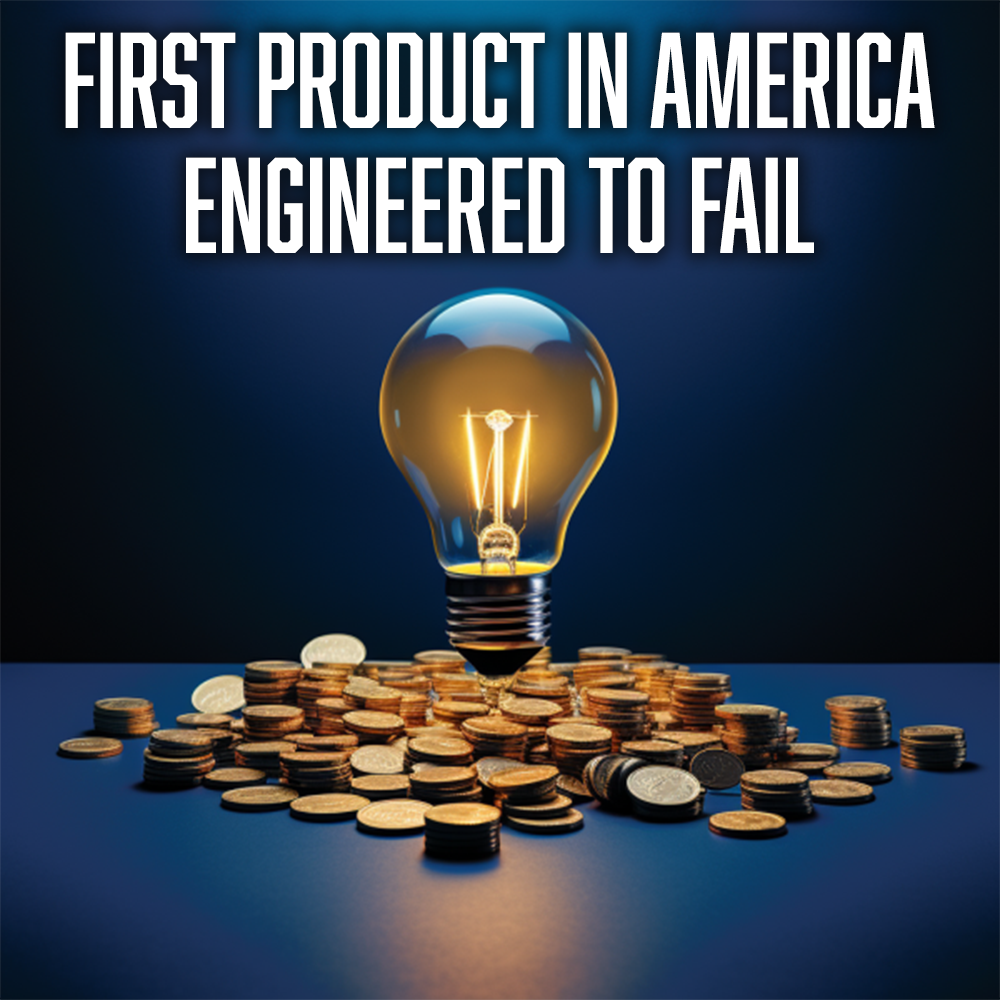
























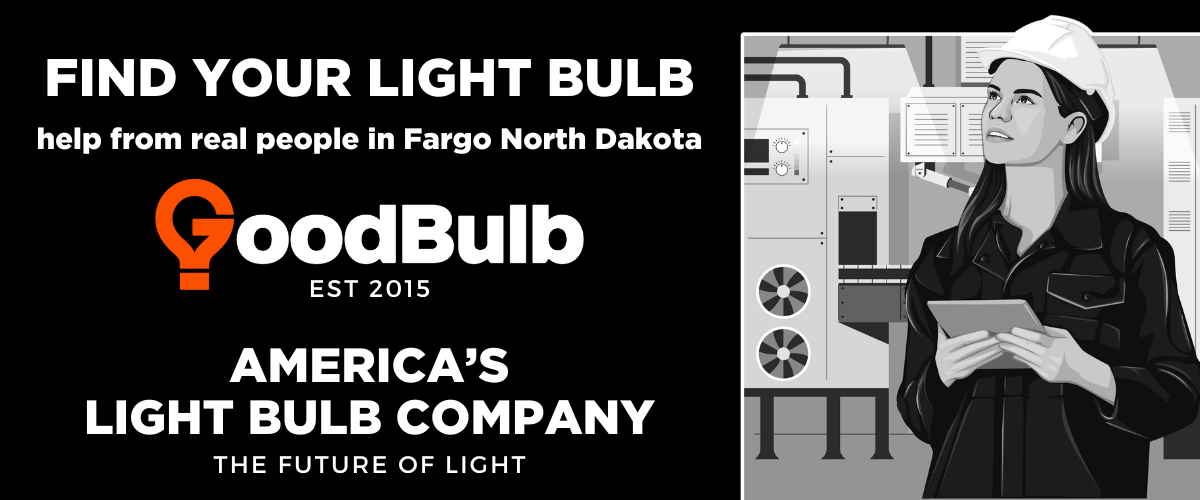











































































































 Getting out of the car, the crowd would quickly turn into a party. People cheered, and started singing and dancing. All the children would run to stare and greet them. Some wanted to touch them — sometimes it was the first light-skinned person they had ever seen. Others fell back, shy and afraid. But everybody was always smiling.
Getting out of the car, the crowd would quickly turn into a party. People cheered, and started singing and dancing. All the children would run to stare and greet them. Some wanted to touch them — sometimes it was the first light-skinned person they had ever seen. Others fell back, shy and afraid. But everybody was always smiling. 








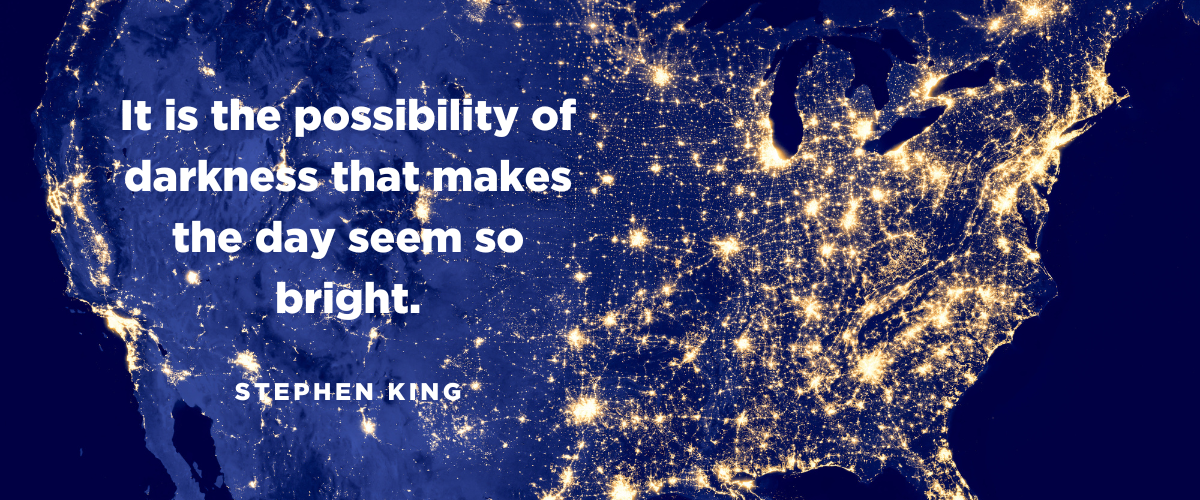
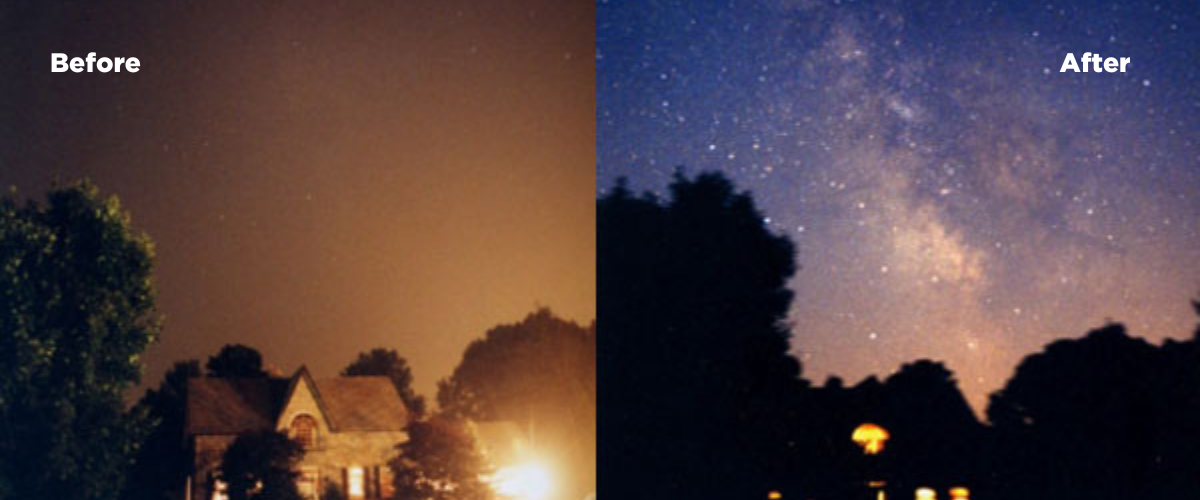
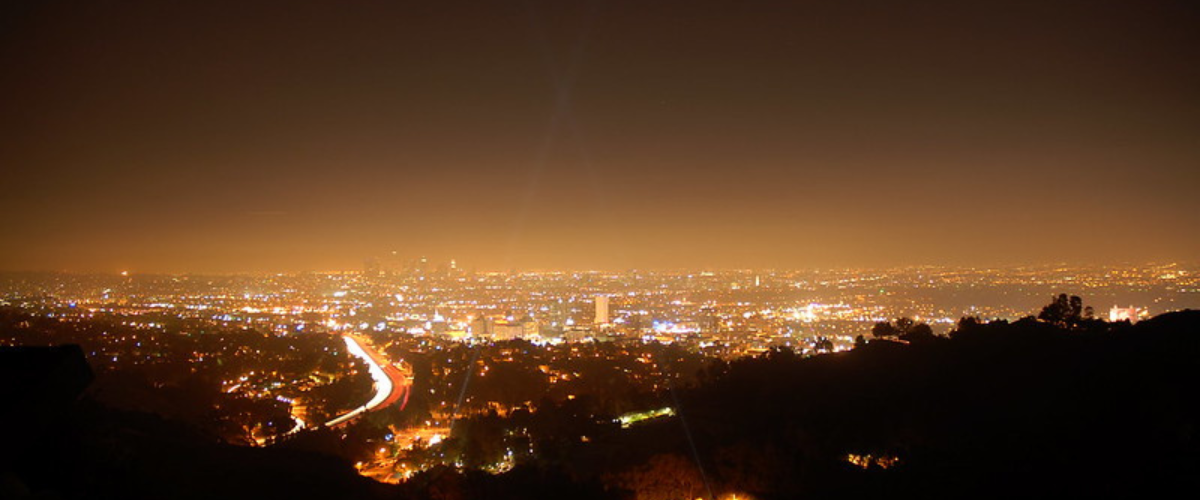
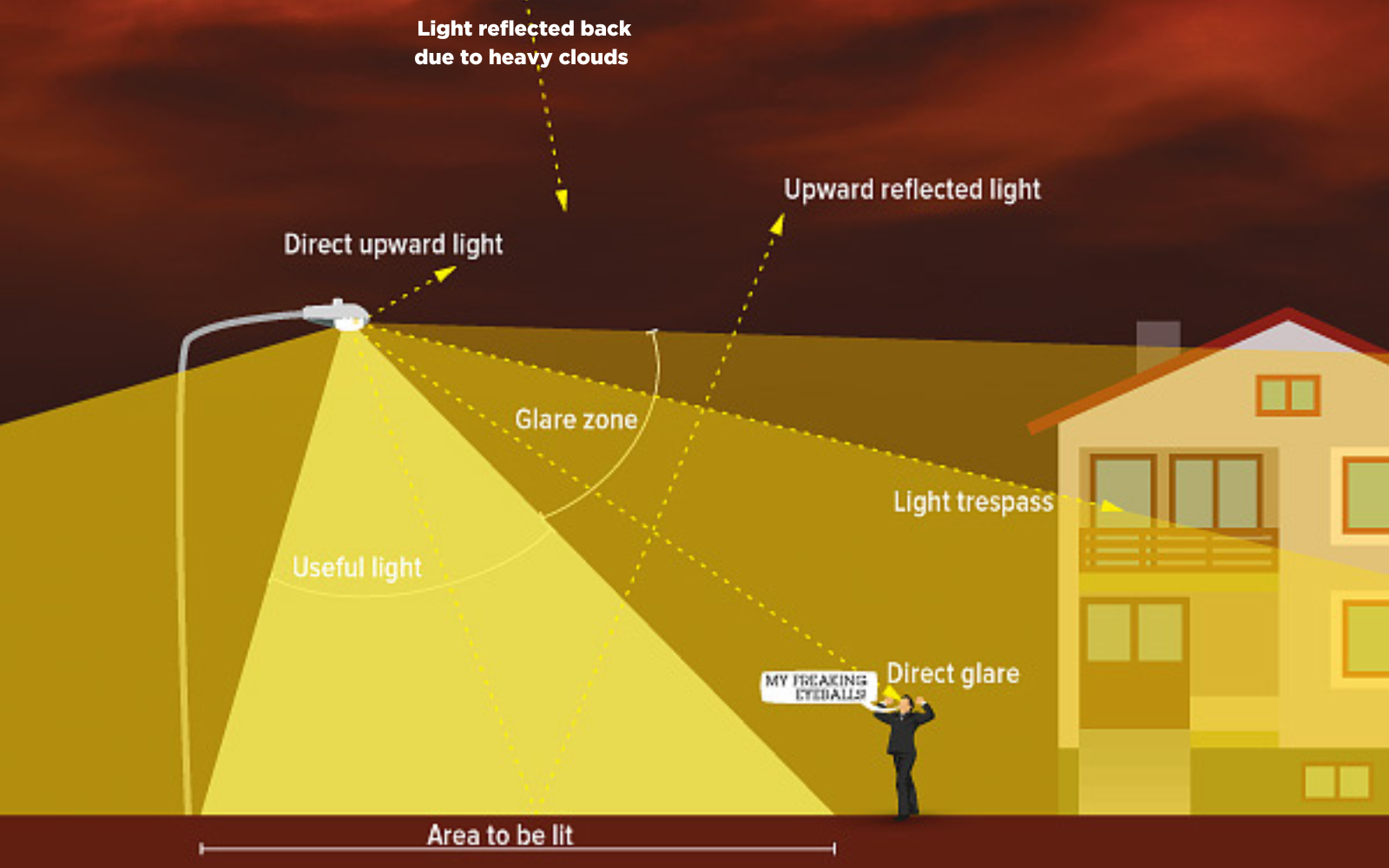
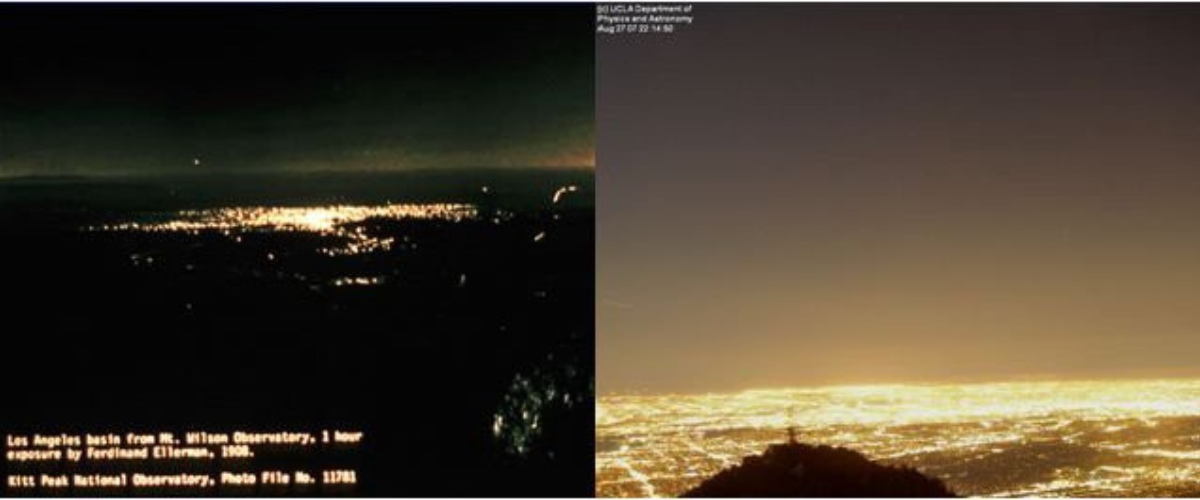



















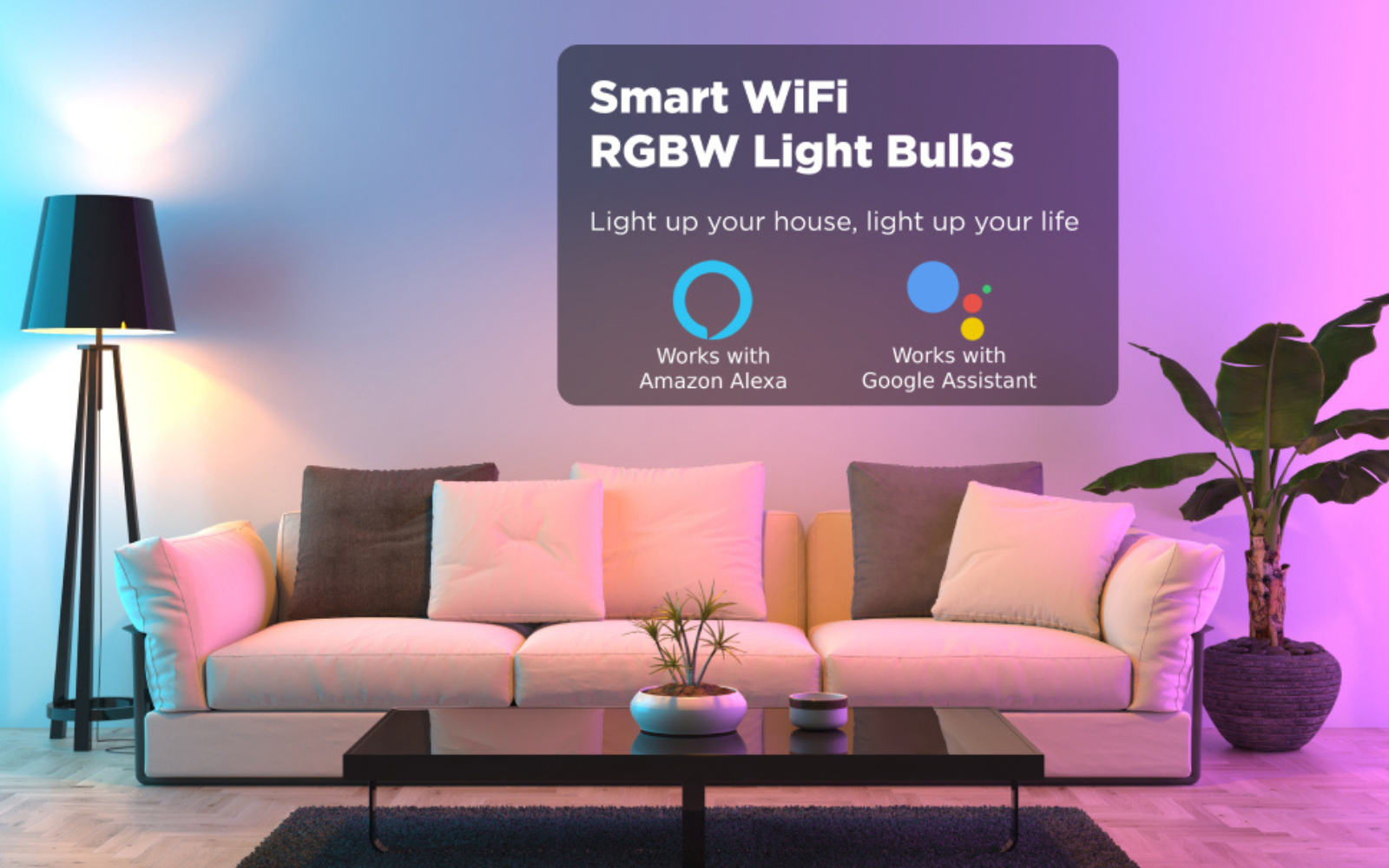
























 Baby Galapagos Giant Tortoises at the Charles Darwin Research Station.
Baby Galapagos Giant Tortoises at the Charles Darwin Research Station.


























































